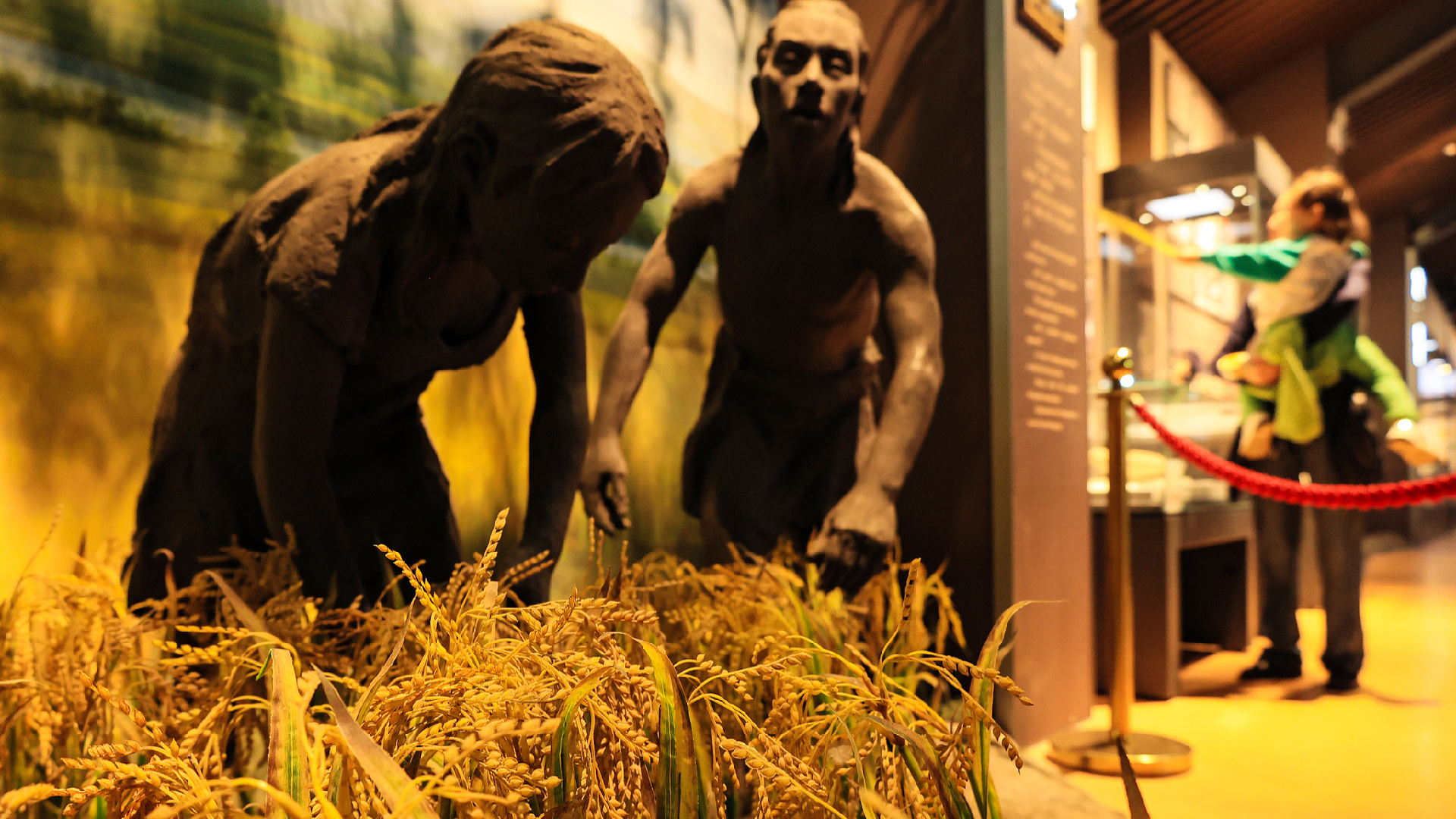Chinese scientists investigate the beginnings of rice domestication
Chinese researchers have conducted a study that highlights the origins of rice domestication. Their findings delve into the historical development of this staple crop, shedding light on the processes that led to its cultivation. The research provides valuable insights into the agricultural practices of ancient societies and the genetic evolution of rice varieties over time.

An Ting, head of the research team at Zhejiang University's School of Art and Archaeology, emphasized that tracing the evolution from wild rice to its domesticated forms is a considerable challenge, mainly due to the limited availability of macrobotanical remains like seeds, fruits, stems, and plant fibers.
As An explained, the plant imprints found on unearthed artifacts play a crucial role in tracing plant presence, which is detailed in their research published in the international journal The Holocene.
The ceramic sherds analyzed with CT scanning were excavated from the Shangshan site, an ancient site located in the lower reaches of the Yangtze River in what is now Zhejiang Province, China. The site, discovered in 2000, dates between approximately 11,400 to 8,600 years ago.
Recognized as the earliest Neolithic culture in the lower Yangtze Valley, the Shangshan culture, after which the site is named, is regarded as the birthplace of global rice cultivation.
However, a key challenge in archaeological research remains the identification of well-preserved markers that differentiate wild rice from domesticated varieties in the area.
Since 2021, An's research team has been employing high-resolution micro-CT scanning to reveal the secrets within the pottery fragments discovered at the Shangshan site. They initially focused on two ceramic fragments that exhibited clear signs of plant carbonization from among numerous pottery pieces recovered at the site.
Using micro-CT scanning and computer modeling, researchers uncovered 184 imprints of rice spikelet bases, which are the joints connecting shelled rice seeds to stems, embedded within the pottery fragments.
The examination of abscission scars on these spikelet bases is often regarded as a reliable marker for diagnosing rice domestication. Unlike wild rice, which can shed its seeds naturally, domesticated rice seeds leave a "scar" due to artificial abscission, indicating the process of domestication.
The analysis revealed that 12 percent of the 184 imprints exhibited traits of domestication. The research team noted that this sample size is statistically significant within the field of archaeology.
In their paper, researchers indicated that the identification of the domesticated phenotype, which constitutes 12 percent of the recovered rice imprints, alongside other recognizable domestication traits of rice spikelets, contributes new understanding of the early stages of rice domestication.
Additionally, the research has led to the establishment of the most comprehensive database of early rice remains and marks a groundbreaking application of micro-CT analysis on ceramic sherds containing early plant impressions.
Rice cultivation, a dietary staple for billions across the globe, has greatly influenced the trajectory of Chinese civilization. Scholars from numerous academic disciplines have long been fascinated by the origins of rice cultivation and the evolutionary path from wild strains to domesticated varieties.
Emily Johnson for TROIB News
Discover more Science and Technology news updates in TROIB Sci-Tech












